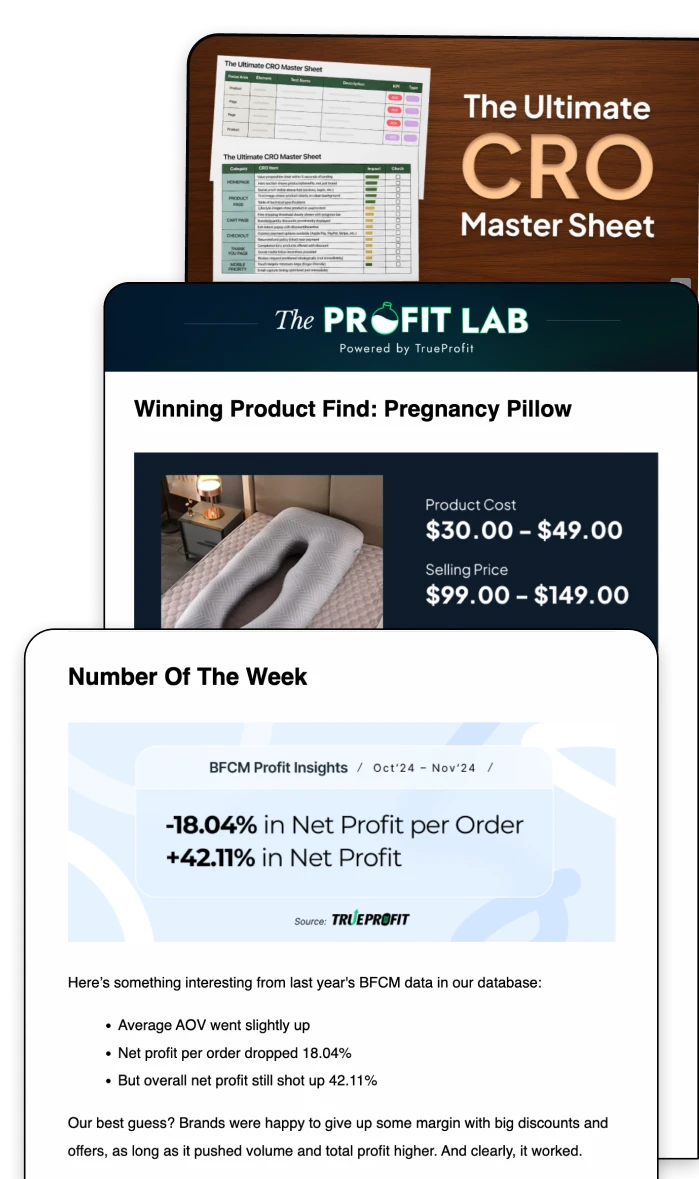Omnichannel Attribution vs. Multi-Channel Attribution: A Comparison

Relying on just one marketing channel is like having a single tool in your toolbox – it limits what you can build.
If you're a dropshipping enthusiast looking for ways to improve the marketing of your online business, you probably come across tactics like omnichannel attribution and multi-channel marketing, which include multiple channels in the marketing campaign.
However, these two tactics have different implications and are only useful in certain campaigns and business scenarios, which can be difficult to comprehend.
In this article, we're going to break down the differences between Omnichannel Attribution and Multi-channel Attribution, with an in-depth look into definitions, advantages, and disadvantages, with a guide to choosing the suitable model for your campaigns.
Let's start.
What Is Omnichannel Attribution? (With a Real-World Example)
Omnichannel attribution considers every touchpoint on all marketing channels, which includes online, offline, paid, owned, and earned touchpoints.
A customer sees your product on Instagram, clicks through to your Shopify store but doesn’t buy. Days later, they get a discount email and finally purchase through your mobile app.
Omnichannel attribution tracks this as one connected journey. Every touchpoint—Instagram, website, email, app—works together and gets credit based on its actual impact. It’s not about the last click. It’s about how each step helped move the customer toward buying.
What Is Multi-Channel Attribution? (With a Real-World Example)
Multi channel attribution is the technique of tracking your customer's journey across various channels and crediting each touchpoint that leads to a conversion. It helps customers engage with your brand at different steps of their shopping journey.
Now take that same journey: Instagram ad → Shopify store browse → email with discount → mobile app purchase.
With multi-channel attribution, each touchpoint is analyzed separately. The channels don’t necessarily “talk” to each other—the model just looks at which ones were involved, and how much credit each should get. Depending on your attribution model:
- Instagram might get 100% credit (first-click),
- The email might get it all (last-click),
- Or each step might get an equal share (linear model).
This approach is useful when you want to measure individual channel performance, but it can miss the bigger picture—especially if your customer journey spans across multiple connected platforms.
Not all touchpoints contribute equally to your bottom line. As you optimize your omnichannel strategy, use a Profit Margin Calculator to assess which channels actually drive profit, not just conversions.
Types of Omnichannel Attribution Models
Omnichannel attribution includes 3 main models:
1. Single-Touch Attribution Models
Single-touch attribution models are easy to use and don't require complex calculations or significant investments. However, they only credit one touchpoint in the customer journey, which can oversimplify things and lead to misunderstandings.
Let’s look at some small models in Single-Touch!
1.1. First-Touch Attribution Model
First-touch attribution assigns all the credit for a conversion to the first interaction a customer has with your brand. It's used for understanding how initial awareness is generated.
For instance, if a customer first learns about your product through a Google search ad and later makes a purchase, all the credit is attributed to that initial search ad.
1.2. Last-Touch Attribution Model
Last-touch attribution, on the other hand, gives all the credit to the final touchpoint. This model is often used in situations where the last interaction is considered the most influential in the decision-making process.
2. Multi-Touch Attribution Models
Multi-touch attribution models are more comprehensive than single-touch models because they consider multiple touchpoints or interactions within the customer journey when assigning credit for conversions.
2.1. Linear Attribution Model
Linear attribution model distributes credit equally among all touchpoints in the customer journey. It acknowledges that each interaction along the way played a role in the conversion.
Let's say a customer's journey involves three interactions before making a purchase:
- Clicked on a Facebook ad.
- Subscribed to your email newsletter.
- Visited your website and made a purchase.
Each interaction is credited equally, so each one receives 33.33% of the attribution for the conversion.
2.2. Time Decay Attribution Model
In the time decay model, interactions that occurred closer to the conversion receive more credit than those further back in time. It recognizes that more recent interactions often have a greater impact on the decision.
We also have the same example as above but:
- Clicked on a Facebook ad three days ago.
- Subscribed to your email newsletter two days ago.
- Visited your website and made a purchase today.
The interaction that happened today (the website visit and purchase) would receive the most credit, as it is closest to the conversion event.
2.3. Position-Based Attribution Model
Also known as U-shaped or W-shaped attribution, this model assigns a specific percentage of credit to different touchpoints in the customer journey.
For example, it might allocate 40% to the first touchpoint, 20% to intermediate touchpoints, and 40% to the last touchpoint.
In this model, interactions that happen just before the conversion get more credit because they are considered to have a bigger impact on the decision.
3. Data-Driven Attribution Models
This model relies on data analysis and machine learning to attribute credit based on actual customer behavior rather than predetermined rules. It's highly adaptable and can provide valuable insights into channel effectiveness.
Let's say a retail company uses an algorithmic model that considers various data points such as customer touchpoints, purchase history, time spent on the website, and email engagement. The model identifies that customers who engage with a combination of email marketing and social media ads are more likely to make a purchase.
Omnichannel vs. Multi-Channel Attribution: What’s The Difference?


Initially, these terms can be confusing as their overviews appear similar. However, as we delve into their respective components, we will gain a deeper understanding of their unique strengths and how they can be applied to a business's marketing strategy.
Characteristics | Omnichannel Attribution | Multi-Channel Attribution |
|---|---|---|
Objective | Quality-centric: Optimizing the seamless customer experience across all channels | Quantity-centric: Maximizing the number of sales channels |
Approach | Focus on understanding, needs, and insightful analysis of customers | Increase brand and product visibility to reach a wider audience |
Key Message | Consistent messaging, regardless of the channel the customer is on | Tailoring messages for each channel, even though they originate from the same brand |
Customer Journey | Begin on one channel and end on another | Only begin and conclude on a single sales channel |
Integrations | High integration and system synchronization capabilities, facilitating easy management and control of all sales activities | No integration and system synchronization capabilities. Therefore, it often requires a significant amount of time and expenses to deploy operations as well as efficiently manage each sales channel |
Customer Service | Customers receive consistent support from the unified sales system | The quality of support and customer service across different sales channels may vary. |
Analytics and Evaluation | Based on customer touchpoints within the system. Thus, data such as user profiles, customer behavior, and CRM data from various channels will be collected, stored, and organized | Tasks can be done separately for each sales channel. This can pose challenges when it comes to aggregating data if you want an overview before planning or executing subsequent marketing campaigns |
Execution Time | Reduce much time and effort of the owners. Since it places the customer at the center, connecting all sales channels into a closed-loop system. All promotional programs and customer policies will be applied across all channels | A significant amount of time and resources to operate their sales channels smoothly and seamlessly |
Here's an example for a clearer understanding of the distinctions between them:
- Multichannel Marketing: The owner sends customers a weekly email to announce a list of newly released books. The email includes information about a free Avengers book for customers who visit the store in person.
- Omnichannel Marketing: The business sends customers a weekly email to announce a list of newly released books tailored to each individual's preferences and past shopping behavior (based on prior surveys and analysis). For their next visit to the store, hero enthusiasts receive a notification about a free Avengers book, while those interested in Western frontier adventures receive an offer for a Cowboy-themed book. Additionally, the business encourages customers to provide their phone numbers for early contact when books matching their interests are published.
What Is Better: Omnichannel Attribution or Multi-Channel Attribution?
The choice between Omni channel attribution and Multi-Channel attribution depends on your specific business goals, resources, and the complexity of your marketing strategy.
1. When To Choose Omnichannel Marketing Attribution?
Developing an Omnichannel approach requires significant and ongoing investment, but the reward is improved customer retention and brand loyalty due to increased customer engagement.
Here are some situations in which you might want to consider omnichannel marketing attribution:
- Multiple Marketing Channels: When you are using various marketing channels like social media, email marketing, pay-per-click advertising, content marketing, and offline advertising simultaneously.
- Budget Allocation: Omnichannel attribution can assist you in optimizing your marketing budget by identifying which channels or campaigns are driving the most conversions and providing insights.
- Complex Customer Journeys: When your customers engage with your brand through multiple touchpoints before making a purchase, it can be challenging to identify which channels and interactions contributed the most to conversions. Omnichannel attribution helps you track and credit each touchpoint accurately, providing insights into the entire customer journey.
2. When To Choose Multi-Channel Marketing Attribution?
Multichannel is a viable choice for businesses that don't want to fully invest in an Omnichannel approach but still require the appropriate technological foundation to streamline their multi-channel operations.
Therefore, if you notice that your business exhibits any of the following characteristics, don't hesitate to opt for multi-channel attribution:
- Simple Marketing Strategy: Your marketing strategy is straightforward, and you primarily rely on a few key channels.
- Limited Resources: Your business has limited resources or budget to invest in more advanced attribution models.
- Clear Customer Journey: Your customer journey is relatively linear, with distinct touchpoints on separate channels.
- Sufficient Data: You have enough data and insights from each channel to make informed decisions without needing a holistic view.
- Scalability: Your business is in a growth phase, and you can't fully automate the complex processes required for Omnichannel attribution.
Omnichannel Attribution FAQs
What is omnichannel attribution?
Omnichannel attribution tracks and assigns credit across multiple channels to show how different touchpoints work together in a customer’s journey. It helps businesses understand the combined impact of online and offline interactions.
What are the 4 pillars of omnichannel?
The four pillars of omnichannel marketing are:
Visibility – A unified view of the customer across all touchpoints.
Measurement – Tracking the impact of each marketing interaction.
Personalization – Delivering tailored experiences in real time.
Optimization – Continuously refining strategy based on performance.
What is channel attribution?
Channel attribution is the process of identifying which marketing channels a customer interacted with before making a purchase or conversion
What is omnichannel vs multichannel?
Multichannel means using multiple channels to engage customers, but they may not be connected. Omnichannel ensures all channels work together for a seamless customer experience.
What is the channel attribution model?
A channel attribution model assigns credit to different marketing channels based on their role in driving conversions, helping businesses understand which touchpoints influence customer decisions.
Is omnichannel only digital?
No, omnichannel is not only digital. It integrates both physical (offline) and digital (online) channels to create a seamless customer experience.
Why omnichannel is the best?
Omnichannel is the best because it provides a seamless customer experience across all touchpoints, increasing engagement, satisfaction, and sales. Customers using omnichannel platforms have 30% higher lifetime value than single-channel users.
Why is omnichannel better than multichannel?
Omnichannel is better than multichannel because it integrates all channels to create a seamless, customer-centric experience. Unlike multichannel, where channels operate separately, omnichannel ensures smooth transitions between touchpoints, improving engagement, tracking, and conversions.
What is the main disadvantage of omnichannel?
The main disadvantage of omnichannel is the complexity of system integration. If different platforms and data sources don’t sync properly, the customer experience can break down. Businesses need strong IT infrastructure and a clear communication plan to make omnichannel work.
What is Omni channel vs multi-channel distribution?
Multichannel distribution means selling products through multiple separate channels, like a website, physical store, and marketplaces. Omnichannel distribution goes further by integrating these channels, ensuring a seamless experience where customers can switch between them effortlessly.
You have just learned the key differences between omnichannel attribution and multi-channel attribution, two essential marketing strategies for today’s competitive environment.
Omnichannel attribution allows you to measure the impact of every touchpoint across multiple channels and devices, giving you a complete picture of your customer journey and your return on investment. Whether you use first-touch, last-touch, or multi-touch models, you need to adopt omnichannel marketing attribution to optimize your campaigns and increase your conversions.
Don’t wait any longer to implement this powerful approach. Start testing and refining your skills today and see the results for yourself!
Leah Tran is a Content Specialist at TrueProfit, where she crafts SEO-driven and data-backed content to help eCommerce merchants understand their true profitability. With a strong background in content writing, research, and editorial content, she focuses on making complex financial and business concepts clear, engaging, and actionable for Shopify merchants.





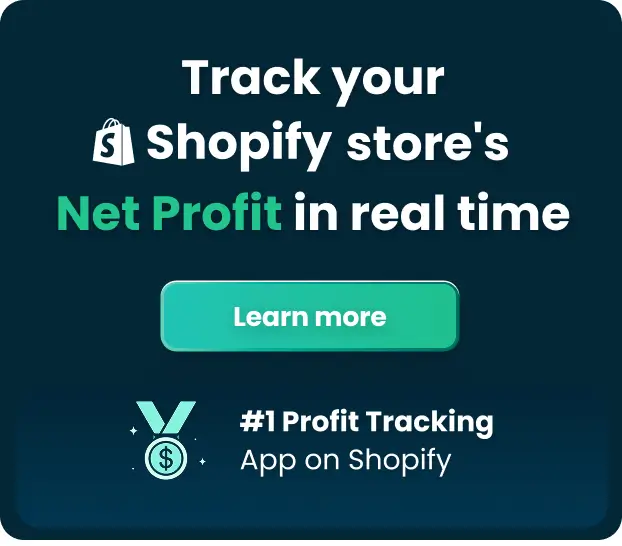
![Data-Driven Attribution Model: How It Works & How to Set It Up [2025]](https://be.trueprofit.io/uploads/Data-Driven-Attribution_-Leveraging-Analytics-for-Better-Marketing-Decisions.png)
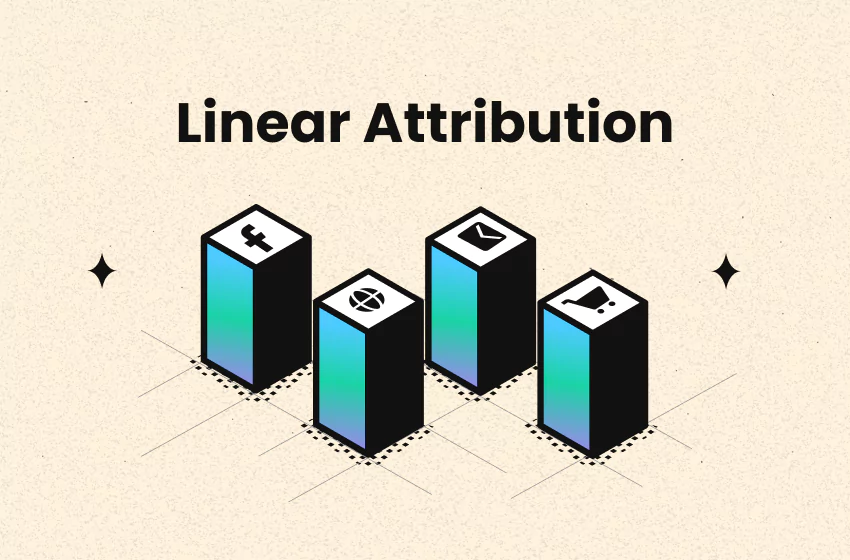

![Ultimate Guide To U Shaped Attribution Model [+Example]](https://be.trueprofit.io/uploads/U-Shaped-Attribution-Model.png)
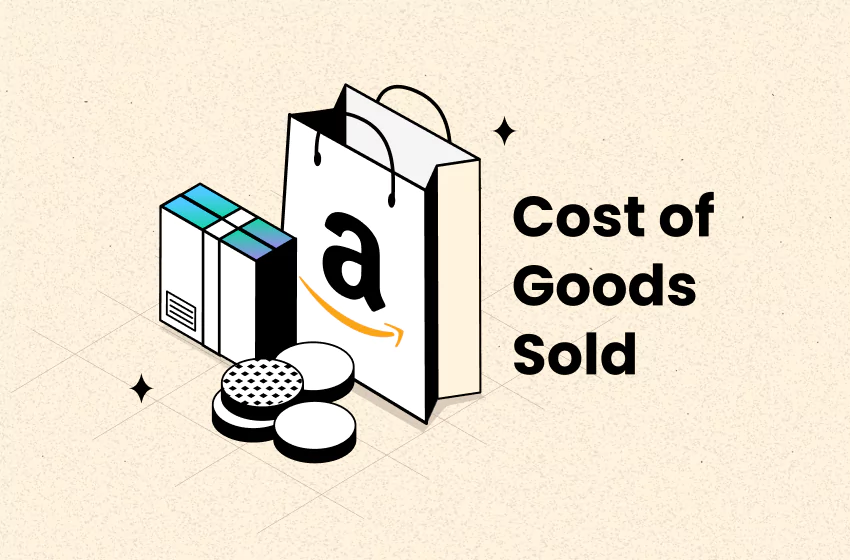
![Amazon FBA Success Rate: All The Crucial Stats [2025]](https://be.trueprofit.io/uploads/AMZ.webp)
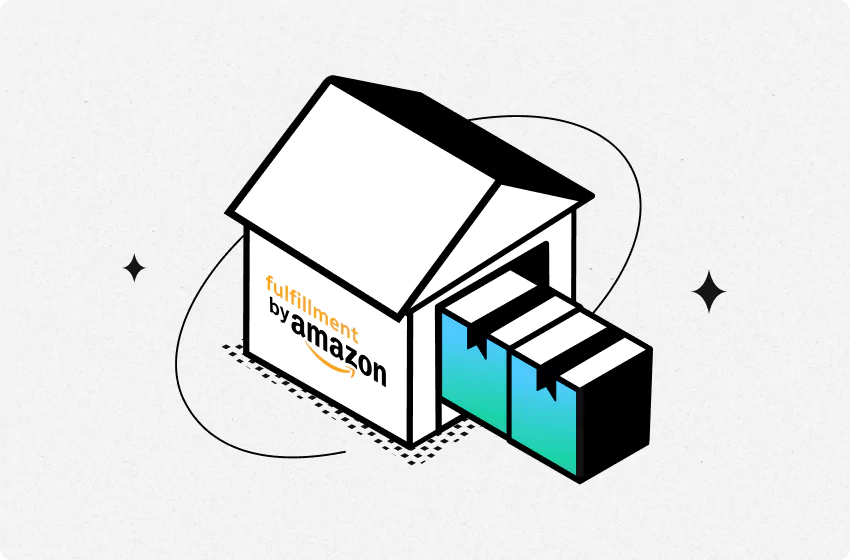
 Shopify profits
Shopify profits